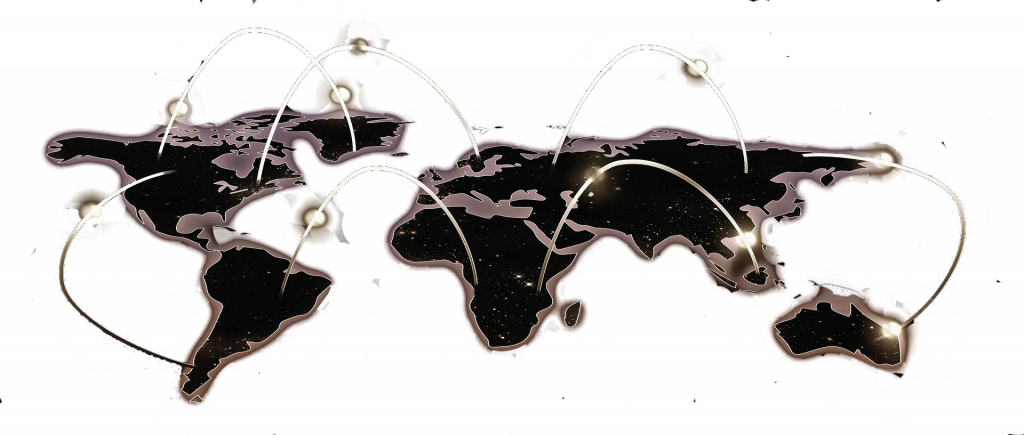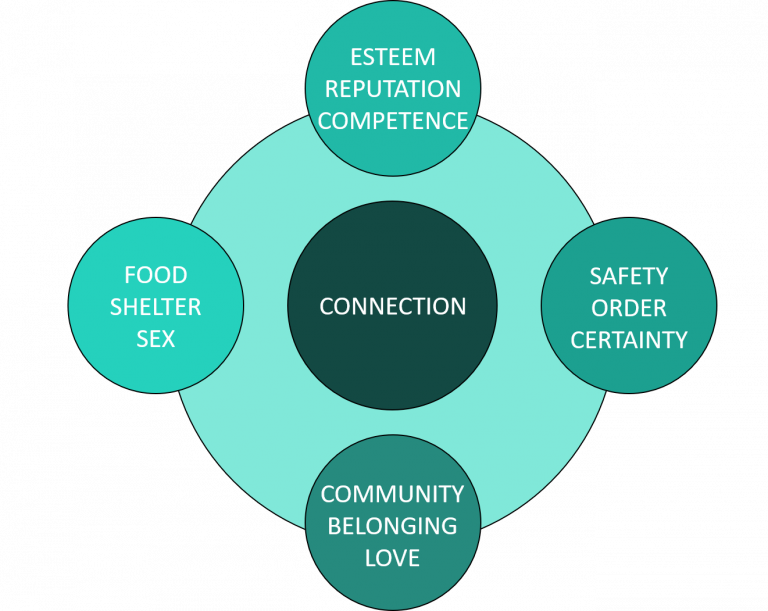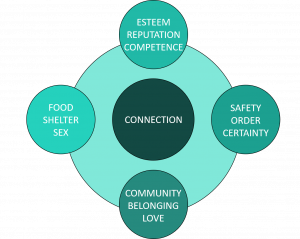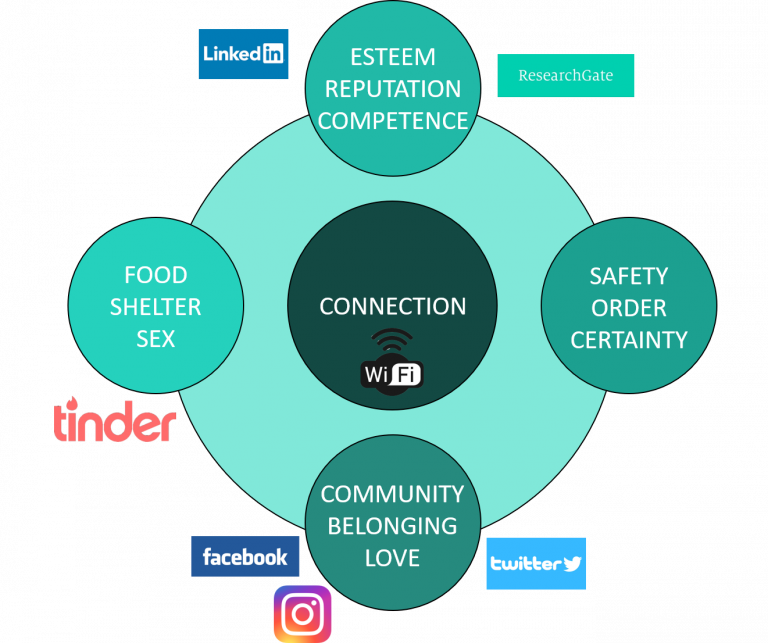
RESEARCH
OUR RESEARCH
UNDERSTANDING HUMAN NEEDS

THE CENTRAL ROLE OF THE NEED FOR SOCIAL CONNECTIONS

Classical conceptualizations (Maslow, 1943) have already considered the need to belong. However, this need was subordinated to the satisfaction of other more basic needs (eg physiological needs such as food, water, warmth, rest, and safety). More recently, we have gone from a hierarchical vision of needs, where physiological ones are at the bottom and most abstract ones at the top, to a different perspective in which the need for social connections is central to the satisfaction of all others. The rationale behind this new conceptualization is evolutionary. If we imagine the context in which our mind and brain have evolved, it is likely that the presence of other individuals was the key to the satisfaction of all our needs, including those physiological of food and water. In that context, compared with individuals with social connections, individuals alone had a strong competitive disadvantage for their own survival.

HOW DIGITAL TECNOLOGY CAN RESPOND TO HUMAN NEEDS

